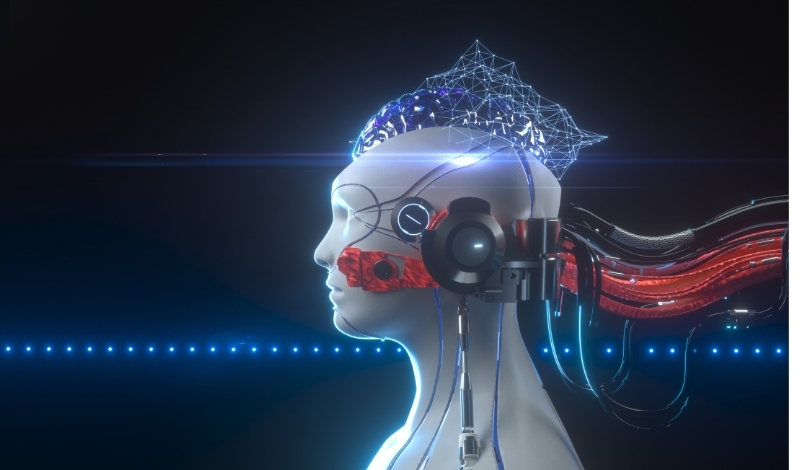OpenMind has attracted $20 million in new funding, positioning itself as a company seeking to redefine how intelligent machines cooperate globally. Its intention is to develop an infrastructure where different robotic systems can integrate and interact on a unified platform, regardless of their manufacturer. By doing so, OpenMind appears to be carving a path where robots can operate across environments, an ambition that could have lasting implications for sectors ranging from manufacturing to urban mobility. Notably, the company’s strategic move to focus on intelligence infrastructure rather than physical robots could shift standard practices in robotics interoperability. The interest from a diverse group of investors suggests widespread desire for practical solutions to current limitations in robot coordination.
Earlier reports about OpenMind centered around its theoretical vision and foundational technology principles, but recent updates indicate tangible progress on partnerships, product naming, and detailed technical deployment plans. Funding announcements now highlight a transition from conceptual groundwork towards practical scaling and industry adoption. This shift aligns with the current wave of software-driven advances in robotics, in which companies are moving beyond hardware competition toward universal frameworks enabling cross-vendor collaboration. The change is also reflective of broader industry trends, where open protocols and decentralized systems are gaining ground in robotics architectures.
What Does OpenMind’s Platform Offer?
The core of OpenMind’s approach lies in its OM1 operating system combined with FABRIC, a decentralized protocol for robot coordination. The OM1 platform is hardware-agnostic, envisioned to help robots perceive, adapt, and act in complex, unpredictable environments typical of human society. Meanwhile, FABRIC is intended to enable identity verification, context sharing, and secure collaboration between robots across disparate systems and locations. This integrated stack is pitched as essential for scaling intelligent machines beyond isolated deployments. OpenMind has described its initiative as “the connective tissue the robotics industry has been missing.”
Who Supports OpenMind’s Vision?
A range of technology investors, led by Pantera Capital, are backing OpenMind, with participation from Ribbit, Coinbase Ventures, Pebblebed, Topology, and others. The investor enthusiasm reflects confidence in OpenMind’s strategic push to become a standard for interoperable robotic intelligence. Pamela Vagata of Pebblebed highlighted the approach as “exactly what’s needed to scale safe, adaptable robotics.” OpenMind’s roadmap involves expanding its engineering team and intensifying collaboration with new partners globally. The company asserts that “as more robots come online, FABRIC provides the trust layer that lets them work together — no matter who built them or where they operate.”
How Could OpenMind Impact Industry Applications?
OpenMind intends to deploy its OM1 and FABRIC technologies in industries such as manufacturing, humanoid robotics, and autonomous transport. By offering an open, global network for robots, the goal is to enable machines to share situational awareness, make coordinated decisions, and act cohesively. This could lead to more flexible manufacturing systems and smarter city infrastructure, while allowing a wider range of robotic solutions to safely interact. OpenMind’s CEO Jan Liphardt framed the strategy with the following statement:
“If AI is the brain and robotics is the body, coordination is the nervous system,”
and continued,
“We’re building the system that lets machines reason, act and evolve together.”
OpenMind’s philosophy of developing shared intelligence and open systems aligns with broader moves toward modular, adaptable robotics infrastructure. By combining hardware neutrality with decentralized coordination, the project echoes strategies seen in software ecosystems such as Linux and Ethereum, now being adapted for intelligent hardware. The company’s focus on interoperability suggests that future robotics deployments may see faster adoption and integration, provided that trust and security across networks can be maintained. Readers considering robotics adoption will want to track OpenMind’s progress, as frameworks like OM1 and FABRIC may become central to the next generation of intelligent, collaborative machines.










